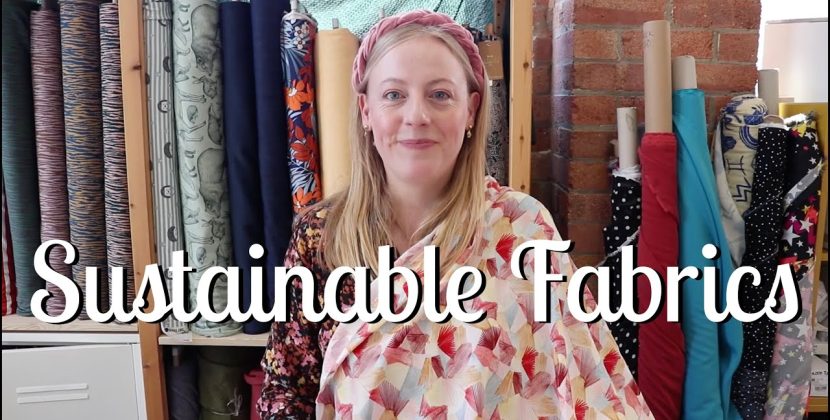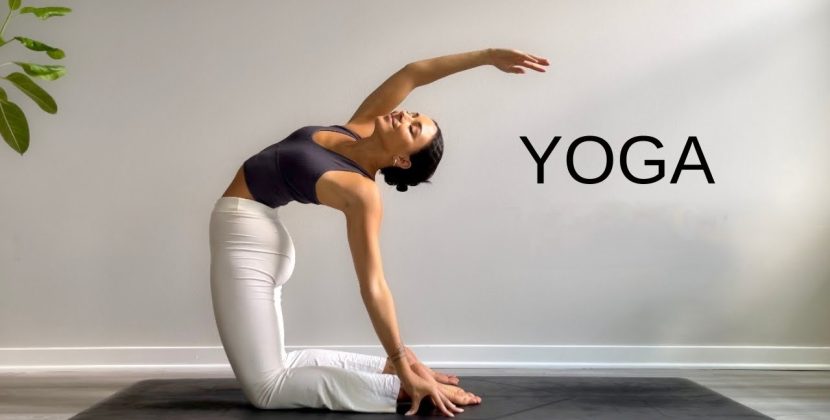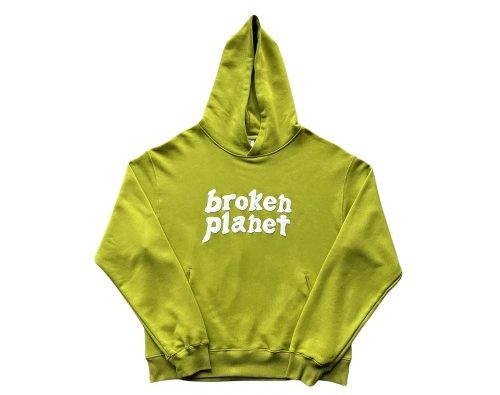
Introduction
Fashion is changing fast. In 2025, United States brands and designers are choosing eco-friendly fabrics to cut waste, save water, and fight pollution. These new materials mix style with caring for the planet. Some come from recycled plastic bottles. Others are made from mushrooms grown in labs. This leap forward lets shoppers wear clothes that look great and help the Earth. In this article, we explore the top fabrics shaping eco-friendly fashion. We explain what each high quality fabric is, why it matters, and how it fits into long term circular fashion (where clothes are reused or recycled). Ready to dress for a healthier planet? Let’s dive in.
What Are Sustainable Fabrics?
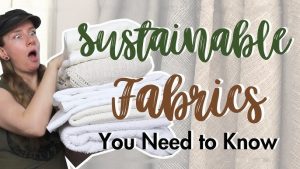
Sustainable fabrics are made in ways that help the Earth. They use fewer resources, less water, and fewer harsh chemicals. Many of these fabrics can also break down naturally when you throw them away.
You can find sustainable fabrics from natural fibers like organic cotton or hemp. You can also get them from recycled materials, such as plastic bottles turned into recycled polyester. The goal is to cut down on trash and pollution while making clothes manufacturing process that last longer and are kinder to the planet.
Popular Sustainable Fabrics Revolutionizing Fashion in 2025
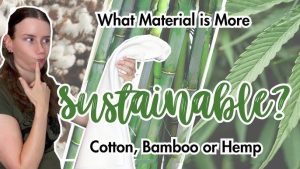
1. Recycled Polyester and Why It Matters
Recycled polyester is made from old plastic waste, raw materials, fossil fuel, plastic bottles, and fabric scraps. Instead of using oil, factories melt down these plastics and spin them into new yarn. This process uses up to 75% less energy than making new polyester.
When we choose recycled polyester, we keep plastic out of landfills and oceans. It also cuts down on the gases that warm our planet. Big brands like Patagonia and Adidas now make jackets and shoes with this fabric.
Recycled polyester feels soft and is very strong. It pulls sweat away from your skin and dries quickly. You can find it in sports clothes, swimsuits, and even dress clothes. By wearing recycled polyester, you help fashion that’s kinder to the Earth.
2. Organic Cotton and Its Benefits
Organic cotton grows without synthetic pesticides or fertilizers. Farmers use natural compost and rotating crops to keep soil healthy. The result? Cotton that is gentler on the earth and safer for workers.
Traditional cotton farming uses a quarter of the world’s insecticides. Switching to organic cotton cuts toxic runoff and saves water. Some farms also use rain-fed irrigation, reducing strain on local aquifers.
Clothes made from organic cotton crops feel soft and breathable. You’ll find them in t-shirts, jeans, and bedding. Choosing organic conventional cotton supports ethical fashion and protects ecosystems.
3. Mushroom Leather and the Rise of Lab-Grown Materials
Mushroom leather, also called mycelium leather, is made from the root threads of mushrooms. In lab trays, these tiny threads grow into a thick, flat mat. After it’s dried and treated, the mat looks and feels like real leather.
This plant-based leather uses about 90% less water than cowhide and makes far fewer carbon emissions. When you’re done with it, mushroom leather breaks down naturally, so it won’t stick around in a landfill. Fancy brands like Stella McCartney now use it for bags and shoes. Makers can even change its surface smooth like calfskin or bumpy like crocodile—helping fashion move toward a more circular, Earth-friendly future.
4. Eco-Friendly Textiles from Agricultural Waste
Textile industry makers now use farm leftovers like pineapple leaves, banana peels, and grape skins to make fibers.
- Pinatex comes from pineapple leaf fibers. It is light and strong, perfect for bags and shoes.
- Banana fabric uses fibers from banana trunks to create a soft, silk-like cloth.
- Grape leather is made from grape skins left over from winemaking and feels like suede.
These eco-friendly fabrics give new life to materials that would otherwise be thrown away. They cut down on the need for brand-new fibers and help the planet right from the start.
5. Biodegradable Fabrics and Their End-of-Life Impact
Biodegradable fabrics break down naturally when composted or exposed to the elements. Common types include lyocell (Tencel), hemp, and bamboo.
- Lyocell is made from wood pulp in a closed-loop system. It uses non-toxic solvents and recaptures 99% of chemicals.
- Hemp grows quickly with little water or pesticides. Its fibers are strong and long-lasting.
- Bamboo fabric uses a similar closed-loop process, though some methods still rely on harsh chemicals—look for certified versions.
By choosing biodegradable fabrics, consumers ensure their clothes won’t linger in landfills for centuries. This supports full circular fashion cycles.
Future of Sustainable Fabrics in Fashion Beyond 2025

The future of sustainable fabrics looks bright, with more innovations on the horizon. As technology improves, we will likely see even more cost-effective production processes and efficient ways to produce sustainable future materials. In the future, supply chain fabrics made from waste materials, such as food scraps or algae, could become common, further reducing waste in the fashion industry. Smart textiles that monitor health or change color based on temperature may also emerge, offering new functionality alongside sustainability. As the fashion industry continues to evolve, sustainable fashion fabrics will become even more mainstream, helping to create a fast fashion industry world that balances environmentally friendly style, comfort, and environmental responsibility for years to come.
Comparative Table: Comparison of Top Sustainable Fabrics
| Fabric | Source | Key Benefit | Best Uses |
|---|---|---|---|
| Recycled Polyester | Plastic bottles, scrap textiles | Saves energy, reduces waste | Activewear, outerwear |
| Organic Cotton | Pesticide-free farms | Protects soil, saves water | T-shirts, jeans, bedding |
| Mushroom Leather | Mycelium (fungi root fibers) | Biodegradable, low emissions | Bags, shoes, accessories |
| Agricultural Waste Textiles | Pineapple leaves, banana trunks, grape skins | Adds value to waste, unique look | Footwear, bags, apparel |
| Waterless Dyeing Textile | Any fiber dyed with CO₂ technology | Zero water use, no liquid waste | Denim, sportswear |
| Lyocell (Tencel) | Wood pulp in closed-loop process | Soft, strong, biodegradable | Dresses, undergarments |
Conclusion
In 2025, the fashion world pivots toward sustainable fabrics that protect people and planet. Materials like recycled polyester, organic cotton, and mushroom leather or animal leathers lead the way. Eco-friendly textiles from farm waste and waterless dyeing cut pollution and save resources. Biodegradable fabrics ensure clothes biodegrade rather than linger in landfills. Embracing circular fashion and ethical fashion principles lets us enjoy style without guilt. By choosing these innovative materials and caring for them properly, we build a wardrobe that looks good and does good.
Fashion can be a force for positive change. Join the movement toward a greener, fairer industry—one fabric at a time.

